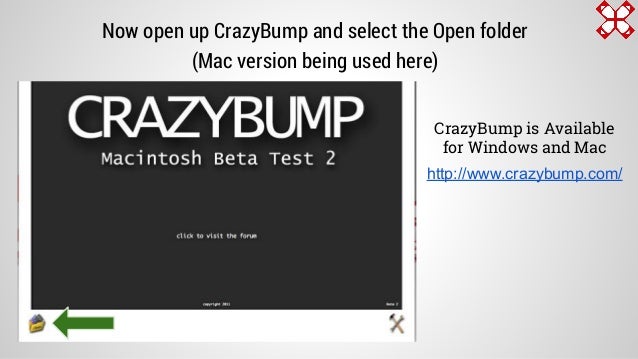


My goal, is to get a result like case number 3, but without the problem that I have on the perpendicular faces. So if someone could explain me a bit what is going on here would be really great. Tryed to increase to 1 on the texture multiplier but the image is allways the same: Here it looks like the first case with no Bump. The light looks the same in both faces, but not the bump effect intensity, and also is giving something like a “blur” effect:Ĩ_ this is with “Explicit Normals”. Here really do not know what is happening. Here it looks like almost the same that in case 4:ħ_This is with “Bump Map (Local Space)”.

You need to watch water temperature, avoid direct water to the tattoo, and clean it gently. Showering with a new tattoo is allowed after at least 24 hours. Here the problem is that the intensity of the light is diferent in both faces, and also it looks like the intensity of the Bump effect is also different in both faces:Ħ_This is with “Normal Map (World space)”. 6 Tips for Showering with a New Tattoo Aug 04, 2020. Here the problem is that it changes the intesity of the light in the whole wall, but it looks like the map is readed the same in both faces:ĥ_Thi is with “Normal Map (Camera space)”. They are like contrary between each other:Ĥ_This is with “Normal Map (Object space)”. The probem here is that, as you can see in the image in the intersection of the two perpendicular faces, it looks like the map is readed in different deppending of the orientation of the face. Here I understand that Vray is reading my Normal Map. The results are what I would expect and desire for this case:ģ_This is with “Normal Map (tangent space)”. Also in all the cases, I am using a Normal Map created from the texture with Crazy Bump and with 1,0 on the Bump texture multiplier.ġ_The first image is the plain texture, no Bump effect:Ģ_This is with “Bump”: Here I understand that Vray is using my “Normal Bump Map” as a simple “Gray scale Bump map”. In all this cases I am not using displacement. I want to use a “Bump effect” just to give some detail to the texture. I have been doing some tests with a “Brick wall” texture. I understand the difference between “gray scale Bump maps” and “Normal Bump maps”, but not sure when to use one or another and why. 'If the original offer is on the low side of the scale, you. However both have the same level of water and dust resistance, with an IP68 rating.I am trying to understand what the different Bump Type maps mean and when you have to use one or another. That means if youre making 50,000 a year now, you can easily ask for 55,000 to 60,000 without seeming greedy or getting laughed at. AB was made to be a new alternative to known gimp plugin called Insane Bump or commercial tool: Crazy Bump.
#WHATS THE NEW CRAZY BUMP PRO#
And while the Pixel 6 Pro has a polished alloy frame, the Pixel 6 instead has a tactile alloy frame. Since the image processing is done in 99 on GPU the program runs very fast and all the parameters can be changed in real time. There are some differences in materials too - they both use tough Gorilla Glass Victus on the front, but while the Pixel 6 Pro also uses this on the back, the standard Google Pixel 6 uses slightly less tough Gorilla Glass 6. So the Pixel 6 Pro is slightly taller, wider and heavier, but not by much, and it's the same thickness. Their dimensions and weight also vary, with the Google Pixel 6 coming in at 158.6 x 74.8 x 8.9mm and 207g, while the Pixel 6 Pro is 163.9 x 75.9 x 8.9mm and 210g. You’ll also notice that the area above the camera block is larger on the Pixel 6 Pro than on the Google Pixel 6. The default settings however are hardly ideal for any texture, and are meant as a starting point for normal map creation. Crazybump is a quick and easy tool for creating normal maps from a texture. You'll notice that the camera bump has a matte black top and bottom edge on the Pixel 6, as do the sides of the phone, while on the Google Pixel 6 Pro these elements are glossy silver on the white model, and a gold shade on the yellow one. Crazy Bump Tutorial: Understanding Settings for Better Normal Maps. The Google Pixel 6 Pro in the three shades it's available in (Image credit: Google)


 0 kommentar(er)
0 kommentar(er)
